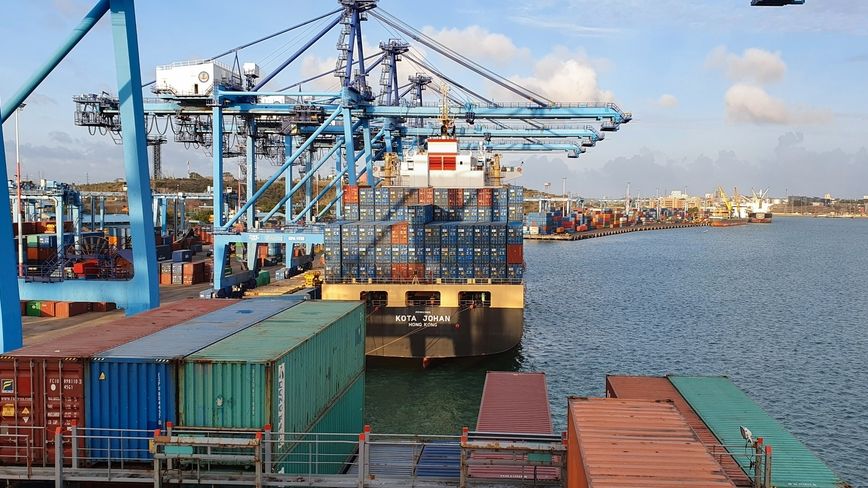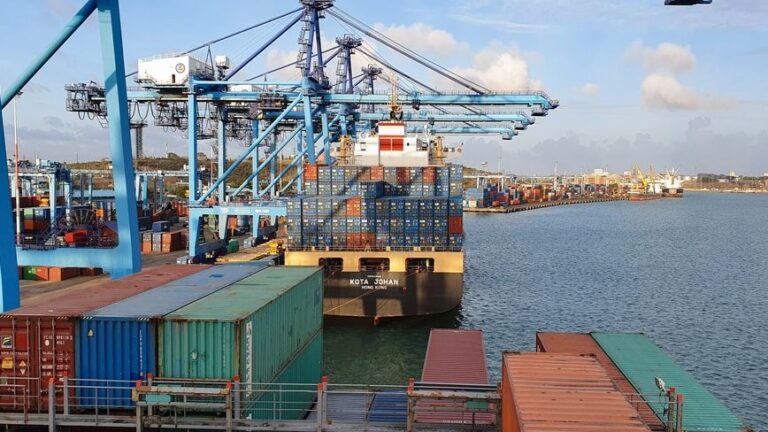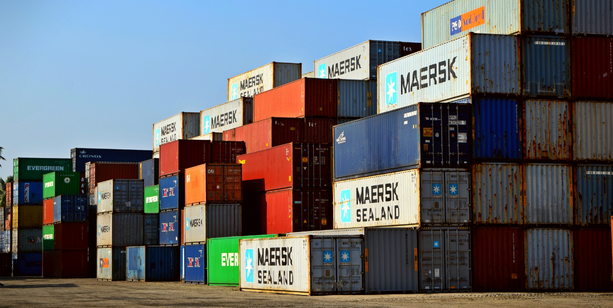MOB: (256 )772 425 919 / (256) 757 151 172 / (256) 779 080 2509 EMAIL: Info@jafferfreighters.com
Trade and Commerce

Mombasa Port, located on the southeastern coast of Kenya, stands as one of the most strategic and busy ports in Africa. It is not only a vital gateway for goods entering and leaving Kenya but also serves as the main trade hub for East Africa, connecting the region with international markets. The port’s role in facilitating regional and international trade is immense, making it an essential component of Kenya’s economy and the broader East African economy.
Overview of Mombasa Port
Mombasa Port is situated along the Indian Ocean and acts as Kenya’s primary seaport. It is a deep-water port with a wide range of facilities, including container terminals, oil terminals, and general cargo berths, which handle a diverse array of goods from all over the world. Its proximity to the Indian Ocean makes it an important maritime link between Africa, Asia, the Middle East, and Europe.
The port’s strategic location makes it a gateway for countries in the East African region, including Uganda, Rwanda, South Sudan, Burundi, and even parts of Eastern Democratic Republic of Congo (DRC). The port handles not only goods destined for Kenya but also goods transshipped to landlocked countries in the region, making it a vital part of East Africa’s trade infrastructure.
Historical Significance of Mombasa Port
Mombasa has a long history as a trading hub due to its location along the ancient trade routes that connected Africa, the Middle East, and Asia. The port’s significance grew during the colonial period, when it became an integral part of the British colonial trade network. The construction of the Uganda Railway (now known as the Kenya-Uganda Railway) in the late 19th century helped cement Mombasa’s position as a regional trade hub, as goods from the interior of East Africa were transported to the port for export.
After Kenya gained independence in 1963, Mombasa Port continued to grow in importance, with major investments in infrastructure and facilities aimed at increasing its capacity and efficiency. Today, the port remains a key player in Kenya’s economic development, contributing significantly to the country’s GDP.
Operations at Mombasa Port
Mombasa Port is equipped with a range of facilities to handle various types of cargo. It includes:
- Container Terminals: The port has two main container terminals – the Kilindini and the newly expanded Nairobi Container Terminal. These terminals handle thousands of containers every day, serving both Kenya and the surrounding region. The port’s container terminal is managed by the Kenya Ports Authority (KPA) and private operators like the Mombasa Container Terminal (MCT).
- Bulk Cargo: Mombasa Port is also a key player in the handling of bulk cargo, particularly agricultural products, petroleum products, and fertilizers. The port is equipped with specialized facilities for the storage and handling of bulk items, which are essential to the economy of many East African countries.
- Oil Terminals: The port has significant oil handling facilities, including tanks for storing and distributing petroleum products. Mombasa is a key point for importing crude oil, which is processed and distributed within Kenya and other East African countries.
- General Cargo Terminals: Mombasa Port is equipped with terminals that can handle a wide variety of goods, from electronics to machinery and building materials. General cargo terminals cater to both export and import activities.
- Passenger Services: While Mombasa Port is primarily a cargo port, it also provides passenger services, mainly through ferry connections between Mombasa Island and the mainland.
The Importance of Mombasa Port to the Region
Mombasa Port plays a crucial role not only for Kenya but also for the entire East African region. Its geographic location along the Indian Ocean allows it to serve as the most important port for landlocked countries like Uganda, Rwanda, and South Sudan. The port handles a significant volume of cargo for these countries, acting as their primary point of entry and exit for goods.
The port’s significance extends beyond trade; it is also a critical component of regional logistics. The vast network of road and rail infrastructure, particularly the Standard Gauge Railway (SGR), connects Mombasa Port to the rest of the East African region. This connectivity allows goods to be transported efficiently to inland destinations, further enhancing the port’s role as a regional trade hub.
Mombasa Port’s Economic Impact
Mombasa Port is a cornerstone of Kenya’s economy, directly contributing to trade, employment, and infrastructure development. The port generates substantial revenue for the government through customs duties, port charges, and other taxes. The importance of the port is reflected in its role as the primary driver of Kenya’s trade balance, facilitating the import of goods such as machinery, consumer goods, and fuel, and the export of Kenya’s agricultural products like tea, coffee, and flowers.
Additionally, Mombasa Port is a major employer, providing jobs to thousands of people both directly and indirectly. The port’s operations create employment opportunities in logistics, shipping, transport, and various auxiliary services.
Recent Developments and Modernization
In recent years, there has been significant investment in expanding and modernizing Mombasa Port. These efforts include the construction of new terminals, the expansion of existing facilities, and the improvement of port infrastructure, such as cranes, storage capacity, and customs processes. The government has also made strides in improving road and rail links between Mombasa and the hinterland, particularly through the Standard Gauge Railway (SGR), which has significantly improved the efficiency of moving cargo from the port to inland destinations.
Furthermore, plans are in place to further expand the port’s capacity and streamline operations to accommodate growing trade volumes. There are also efforts to modernize customs procedures and improve the overall port experience, reducing delays and making the port more competitive on a global scale.
Challenges Facing Mombasa Port
Despite its success, Mombasa Port faces several challenges that could affect its long-term viability. These include:
- Congestion: The port frequently faces congestion, especially during peak seasons, as the volume of cargo surpasses its capacity. The slow pace of unloading and clearing cargo can cause delays, which may affect the timely delivery of goods.
- Infrastructure Gaps: While there have been significant upgrades to the port, there are still areas of infrastructure that need improvement, particularly in terms of warehousing and road/rail connections to the hinterland.
- Competition from Other Ports: Ports in neighboring countries, such as Dar es Salaam in Tanzania and the newly constructed Lamu Port, are becoming increasingly competitive. These ports pose a threat to Mombasa’s dominance in the region, although Mombasa Port still remains the primary gateway for East African trade.
Conclusion
Mombasa Port is undeniably one of Africa’s most important seaports, acting as a gateway for trade not only in Kenya but across East Africa. Its strategic location, infrastructure, and historical significance have made it a key player in the region’s economic development. As Mombasa Port continues to modernize and expand, it will likely remain at the heart of East African trade for many years to come, driving commerce and supporting the region’s economic growth. However, addressing challenges like congestion and competition will be crucial to ensuring its future success and maintaining its pivotal role in global trade.




